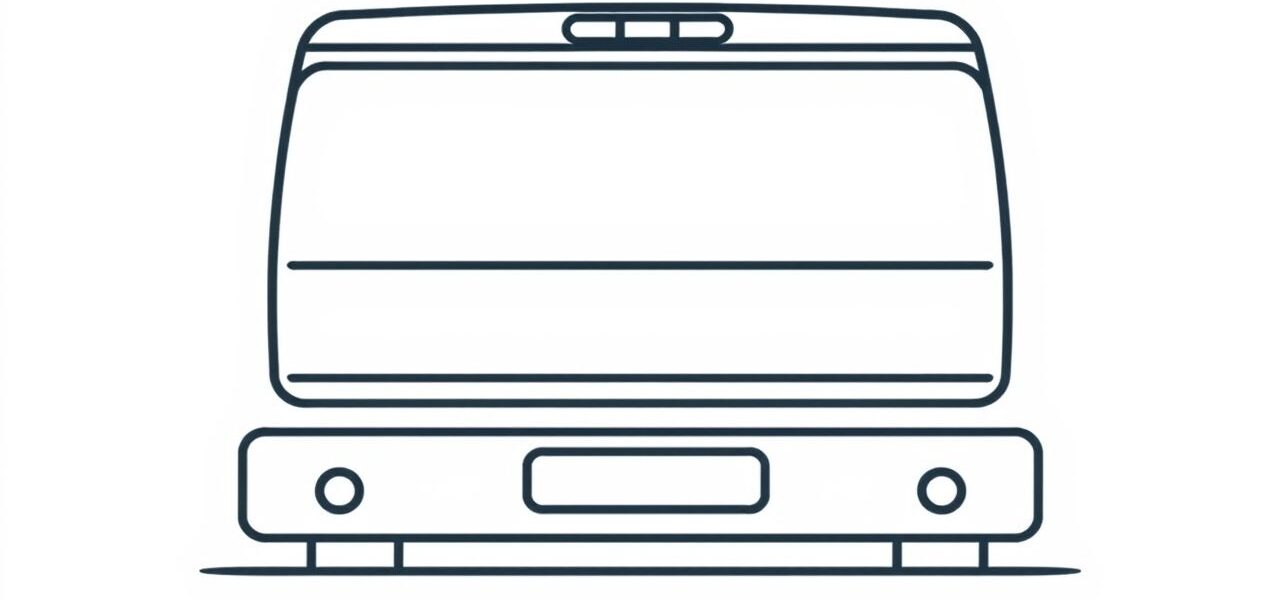The word tailboard might sound uncommon to those outside of specific industries, yet it holds practical significance in various fields, including transportation, construction, and logistics. Understanding the meaning of tailboard requires exploring its definition, historical context, and modern applications. This term is often associated with vehicles, particularly trucks, and it plays an important role in safety, loading operations, and structural design. By knowing what a tailboard is and how it is used, you can better appreciate its relevance in everyday activities related to goods handling and transportation.
Definition of Tailboard
A tailboard refers to the hinged or removable board or panel located at the rear end of a truck, wagon, or similar vehicle. Its primary function is to serve as a barrier that secures cargo during transportation. When in use, the tailboard prevents items from falling out, especially when the vehicle is in motion. In some cases, the tailboard can be lowered or opened to facilitate easier loading and unloading of goods, acting like a gate or ramp.
Key Characteristics of a Tailboard
- Position: It is always located at the rear of a vehicle.
- Material: Typically made of wood, steel, or aluminum for strength and durability.
- Function: Provides a safety barrier and supports cargo stability.
Etymology and Origin
The term tailboard combines two words: tail, which indicates the rear or back part of something, and board, referring to a flat, solid surface. Historically, tailboards were used on horse-drawn wagons before transitioning into motor vehicles. Their design has evolved over time, but their essential function remains the same: to secure and protect cargo at the rear of transport vehicles.
Uses of Tailboard in Different Contexts
The concept of a tailboard is versatile, and its meaning can shift slightly based on the industry:
- Transportation: On trucks and lorries, the tailboard is a critical feature for cargo safety and handling efficiency.
- Construction: In construction vehicles, tailboards can serve as ramps for loading heavy equipment.
- Logistics: Businesses in the shipping industry rely on tailboards for secure transport of goods.
Tailboard in Modern Trucks
Modern trucks often include tailboards as standard features, with some designs incorporating hydraulic systems to function as lift gates. These advanced tailboards allow workers to move heavy loads safely and quickly without the need for additional lifting equipment. In smaller pickup trucks, the tailboard often functions as a tailgate that folds down for easy access to the truck bed.
Benefits of Tailboards in Transportation
- Enhances cargo security during transit.
- Improves loading and unloading efficiency.
- Reduces the risk of goods falling off vehicles.
Safety and Tailboard Talks
Interestingly, the word tailboard is also associated with tailboard safety talks, especially in industries like firefighting and construction. In this context, it refers to safety meetings held at the rear of a truck or vehicle before beginning a task. These quick discussions are meant to review job hazards, assign responsibilities, and ensure everyone understands the safety plan. The term originated because such talks often take place around the tailboard area where tools and equipment are stored.
Importance of Tailboard Safety Talks
- Prevents accidents by reviewing safety protocols.
- Improves team communication before a high-risk task.
- Serves as a quick refresher for hazard awareness.
Tailboard vs. Tailgate
While the terms tailboard and tailgate are sometimes used interchangeably, they can have subtle differences depending on regional preferences and vehicle types. A tailboard traditionally refers to a flat board or panel that serves as a barrier at the rear, whereas a tailgate often describes a hinged gate that swings down or sideways. Both perform similar roles but differ in design and functionality.
Examples of Tailboard in Sentences
- The workers lowered the tailboard to load the crates onto the truck.
- Before leaving the site, ensure the tailboard is securely locked.
- The tailboard meeting focused on electrical hazards at the job site.
Tailboard in Military and Emergency Services
In military logistics and firefighting operations, tailboards are essential for rapid deployment and secure transport of equipment. Fire engines, for example, often have tailboards where firefighters can stand or access tools quickly. This usage underlines the importance of the tailboard as more than just a physical panel it becomes a functional platform for action and safety.
Maintenance and Care of Tailboards
Since tailboards bear heavy loads and frequent handling, regular maintenance is crucial. Proper lubrication of hinges, inspection for cracks, and checking locking mechanisms are all necessary steps to ensure durability and safety. In commercial fleets, damaged or faulty tailboards can lead to accidents, legal liabilities, and cargo loss, making preventive care essential.
Innovations in Tailboard Design
Modern innovations have transformed traditional tailboards into multi-functional components. Some advanced models come equipped with sensors, anti-slip surfaces, and hydraulic systems for lifting. These upgrades increase efficiency and safety, particularly in industries that handle large volumes of goods.
Environmental and Economic Impact
Properly functioning tailboards contribute to better load management, which in turn reduces accidents and fuel wastage caused by improperly secured cargo. This small yet critical component plays a part in promoting sustainable and cost-effective transportation practices.
Tailboard in Figurative Speech
Although rare, the word tailboard occasionally appears in figurative language, symbolizing the starting point of a journey or a place of preparation before a major task. For example, in leadership discussions, gathering at the tailboard might metaphorically suggest aligning the team before moving forward.
The meaning of tailboard goes beyond a simple panel at the back of a truck. It represents functionality, safety, and adaptability across multiple industries. From securing cargo during transport to serving as a platform for safety talks, the tailboard is an indispensable component of both traditional and modern vehicles. Whether in everyday logistics or emergency services, understanding its role and maintaining it properly ensures smoother operations and greater safety. In short, the tailboard may seem like a small detail, but its impact on efficiency and security is anything but minor.
